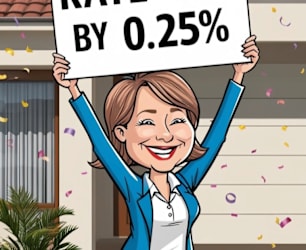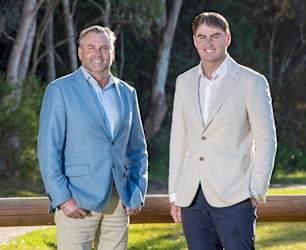Ahhh, Summer! I’m sure I’m not the only one out there who is really looking forward to a bit of a break this festive season. It would seem that the shackles of the Covid pandemic are well and truly off and now we’re paying the price for the cash splash that the reserve bank bestowed upon us. That on top of record migration, inflation, interest rate rises, I know this is going to be a tight Christmas for a lot of Illawarrans. I’d like to encourage you all to shop local and consider some local charities this year.
Great communities thrive by looking after those who are less advantaged amongst us. One of those great local charities is SAHSSI. They provide supported accommodation and homelessness services. Although modest in its first year, the profits from the Inaugural Festival of Architecture and Design all went to SAHSSI. You can donate directly on their website.
This leads me to the topic of this month’s article – “Climate Safe Rooms”.
It’s something that came up in one of my many sustainability email feeds and when I saw the title I just had to find out what the heck these were!
Essentially, there’s a pilot program down in Geelong that is retrofitting rooms in private homes for those most vulnerable to climate extremes. In the Australian case, this is primarily to combat temperature extremes.
Rather than retrofitting a whole house, one room of a house is selected (usually a living room) to be upgraded with things such as better insulation, draught sealing, efficient lighting, double glazed windows, external blinds, solar panels and dedicated air-conditioning.
In an era marked by the increasing frequency and intensity of extreme climate events, the design of climate-safe rooms offer a first step towards safeguarding the most vulnerable members of our communities.
As global temperatures rise and weather patterns become more erratic, marginalised populations, including the elderly, children, and socioeconomically disadvantaged groups, find themselves disproportionately affected. Climate Safe Rooms offer householders a better sense of security so that in an extreme event they at least have one room to retreat to. Furthermore, they will reduce the impact on emergency services during such events.
Whilst I can see the reasoning behind this program, for me it highlights the terrible state much of our existing housing stock is in. And not just older homes but newer built as well. There are areas in the more recent land release areas of the Illawarra that have collections of black-roofed houses tightly sandwiched together without a tree in sight. These homes aren’t that old!
The big missed opportunity here was to have made these more recent homes more climate resilient back when they were built or at least had information available to those purchasing them on the level of sustainability they were buying into. Now that all new homes in NSW need to achieve a minimum 7 star (NatHERS), I feel it’s time the state government requires all homes going onto the market have their star rating advertised.
The implications of such programs extend beyond immediate physical safety. They contribute to a more inclusive and equitable urban landscape, acknowledging the diverse needs of the population. Whilst I’m still on my pulpit – I’d like to also extend this to playgrounds! Shade structures or even better trees should be mandatory on all playgrounds. People of the Illawarra – say no to burnt bums on slides! Sign the petition here.
Wishing you all a very merry and safe festive season. A big thanks to all who attended the Architecture festival in November. Looking forward to another celebration of all things design and architecture in 2024!






